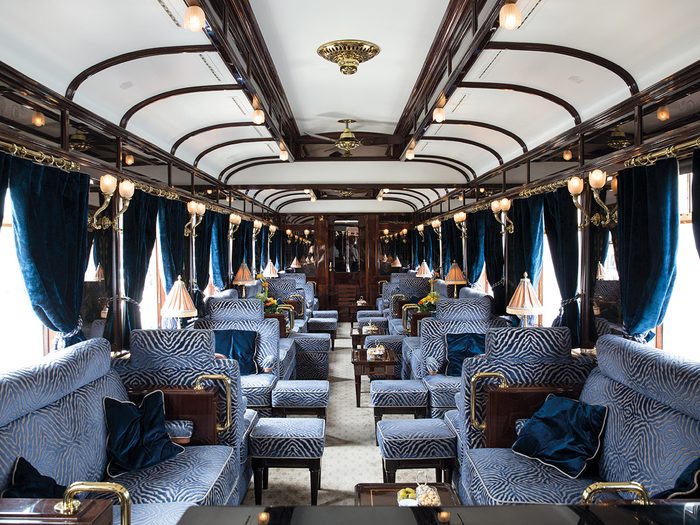
A luxurious ride on the Orient Express
Some trains are truly luxurious. Take the Venice Simplon-Orient-Express: The grand-suite sleeping cars have plush double beds, private marble bathrooms and free-flowing Champagne. The bar car features a live pianist and the dining cars are restored 1920s art-deco carriages. The catch? The five-night Paris-to-Istanbul journey starts at £19,000 (CAD $32,000). (If that’s outside your budget, you can live out your locomotive dreams closer to home: Check out these essential railway experiences for the Canadian history buff.)
The Orient Express is, of course, the setting for one of Agatha Christie’s best-known detective novels. Murder on the Orient Express is a “closed-circle mystery”: There was no way for anyone to leave the stranded train, so the murderer had to be one of the people on it.
To discover more amazing train facts, read on.

The true movers and shakers
As summer rolls in, railways are on track for peak passenger season. Asian trains carry the most passengers; in Japan alone there were around 6.6 billion trips in 2021! By comparison, the United States has an annual passenger load of 22.9 million trips, despite having the largest rail network: nearly 225,000 kilometres of track. To be fair, those rails also carry 1.54 billion metric tonnes of freight each year.
Check out the world’s most bike-friendly cities.
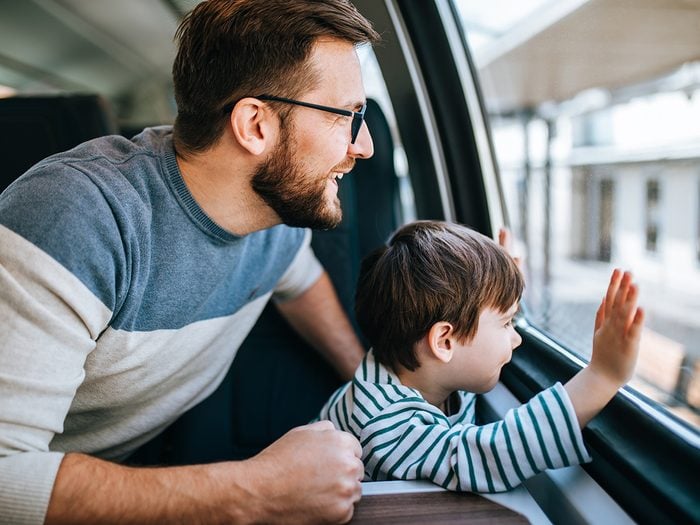
Where trains beat planes
Travelling by high-speed rail can be quicker than taking a plane—if you account for time spent waiting around at the airport. Train stations are also centrally located, while airports are often outside the city centre. Train travel tends to be greener, too. A train ride between London and Madrid emits 43 kilograms of carbon dioxide per passenger, compared to 118 kilograms for the same trip by plane.
Discover 50 London attractions worth adding to your bucket list.
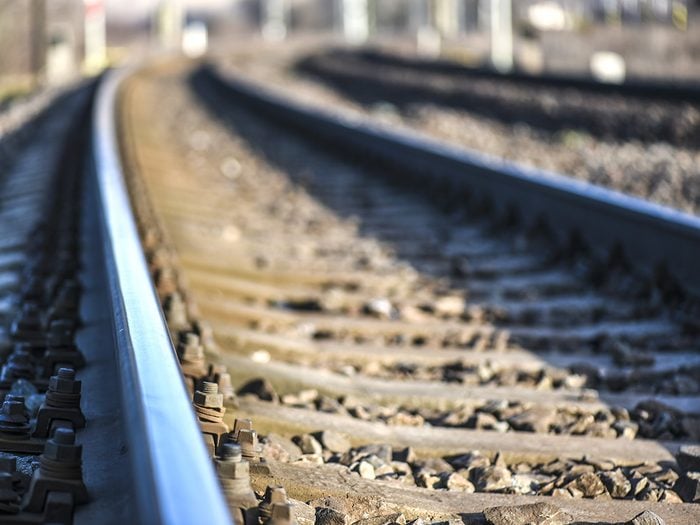
First came rail…
The first rail systems arrived long before the first locomotive. As early as the 16th century, Europeans built railways in mines to help transport metal ores. By reducing friction, these rails made it easier and faster to move wagons, but it was men or horses—not engines—that provided the power.
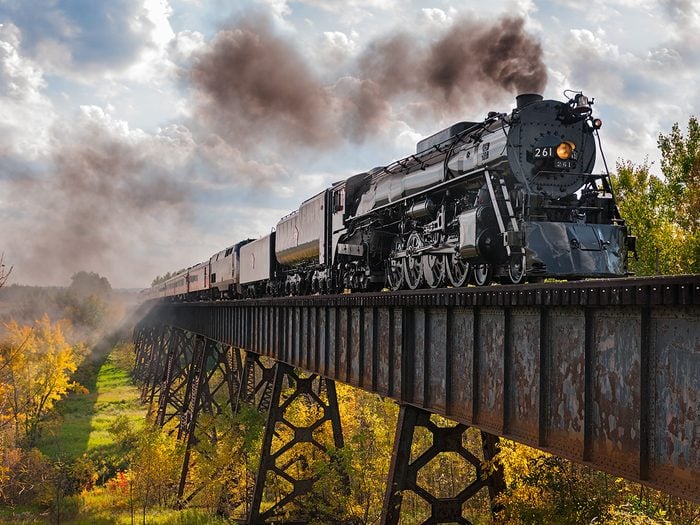
…then came the steam engine
The first steam-engine train was used to transport iron in Wales’s Merthyr Tydfil mining region in 1804. (Perhaps it’s these British origins that inspired so many train enthusiasts in the U.K., where there are currently at least 20 magazines published on the subject.)
Here are 15 history questions everyone gets wrong.
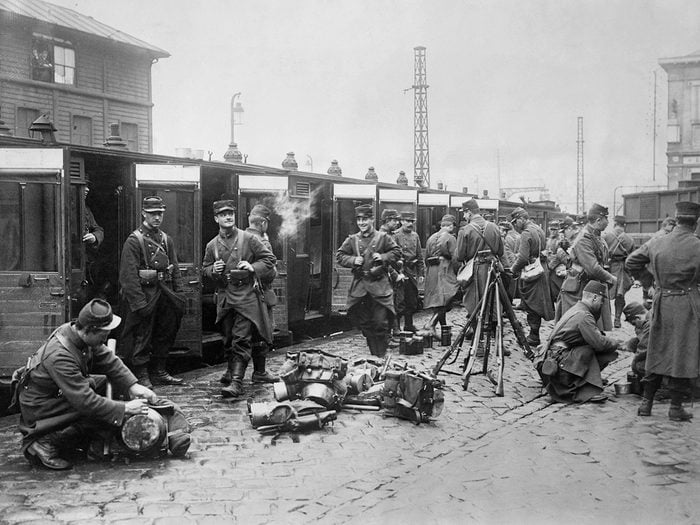
Trains played a role in World War I
Many of the nations involved in the First World War relied heavily on railways. France, for example, used them to transport around one million men and 400,000 horses to the front during the first two weeks alone. Great Britain used trains as ambulances. They even had operating rooms where surgeons performed emergency procedures while in transit—despite the bumping and swaying!
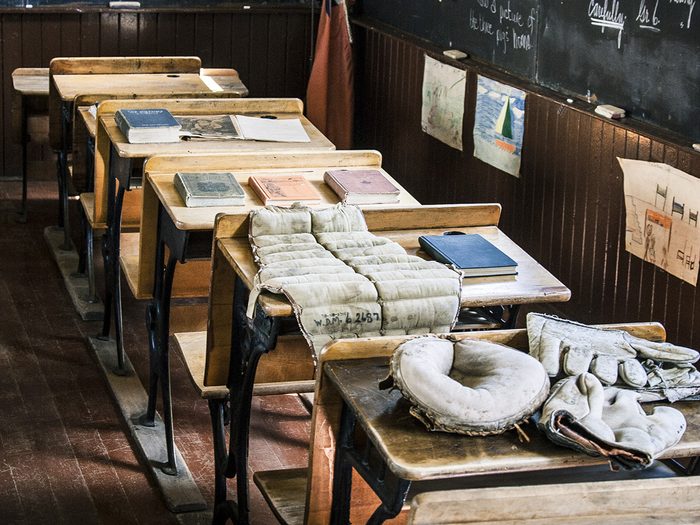
Schoolhouse trains
That’s not the only unusual use of a train. Between the 1920s and ’60s, Canada used trains as mobile schoolhouses that travelled between remote communities in northern Ontario. Children would walk, snowshoe, ski or canoe to the train stop, then settle in for five days of intensive studying. They’d get homework to do during the six weeks that would pass before the train’s return. Other trains had fully equipped dentist cars so northerners could get their cavities filled.
Brush up on the fascinating history of British Columbia’s E&N Railway.
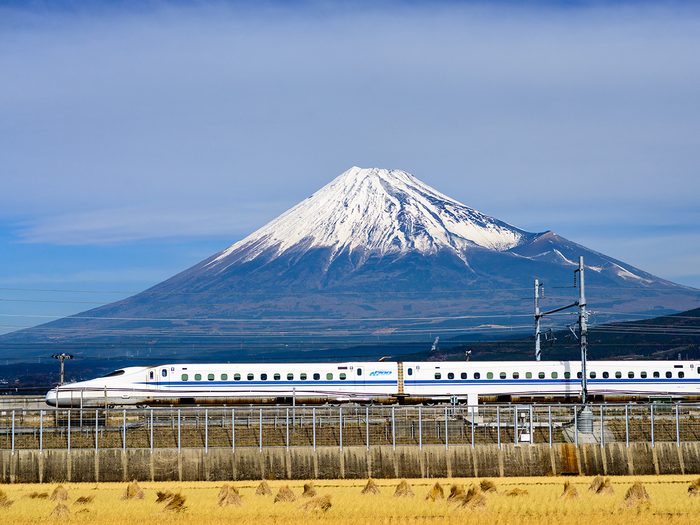
Speed along on a bullet train
The fastest trains today typically travel around 320 kilometres per hour. Also known as “bullet trains,” after Japan’s famous Shinkansen lines, most of them run on electricity. But the fastest one of them all, the Shanghai Maglev, uses the attraction and repulsion forces of magnets to float slightly above a guideway and shoot forward, racing as fast as 460 kilometres per hour.
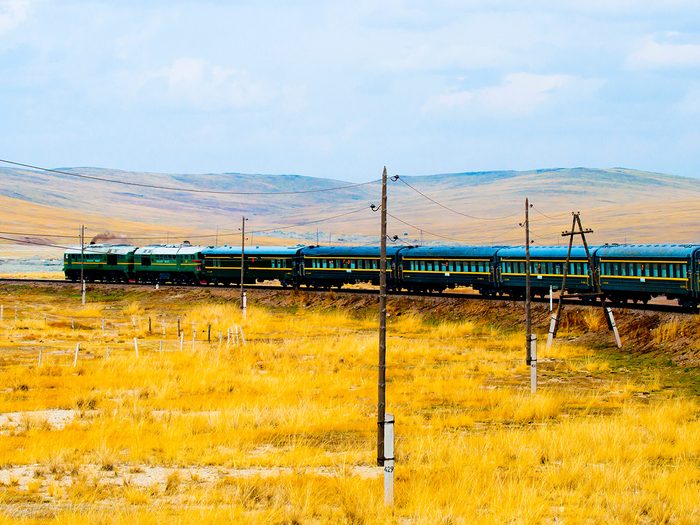
The journey from Pyongyang to Moscow
If you prefer rocky lakeshores and vast boreal forests to big cities, the Trans-Siberian Railway might be more your style. Even express trains take nearly a week to do the full route, which winds 9,259 kilometres between Moscow and Vladivostok in Russia, passing through eight time zones along the way. Once a week, a single railcar from North Korea connects to a longer train in Vladivostok, making the Pyongyang-to-Moscow route the world’s longest rail trip a passenger could take without having to switch trains.
These inspirational travel pictures will spark your wanderlust.
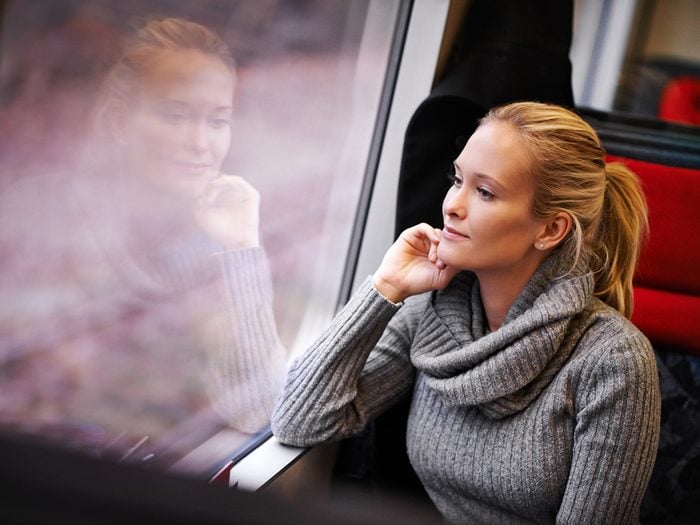
Enjoy the scenery—from anywhere
To find videos of real train trips, search “slow TV.” It’s a term for relaxing footage that plays out over the same amount of time as the event it portrays. You could stream the view from one of Chicago’s elevated trains or 10 hours of fjords and valleys on Norway’s spectacular Nordland line.
And why not try a classic train-related board game like Monopoly or the newer Ticket to Ride? The latter is played on various map-like boards—from Germany to San Francisco to India—that help players brush up on their geography.
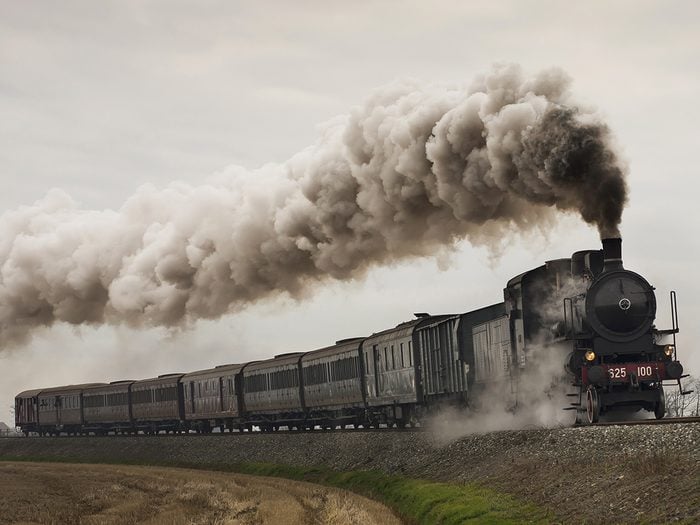
“This is a robbery!”
Railway holdups are a staple of old Western movies. The Great Train Robbery, released in 1903, is an early example. It echoed an event from four years earlier: Butch Cassidy and his crew of bandits had struck a Union Pacific train, using dynamite to blow open its safe before escaping on horseback.
Check out the best classic movies on Netflix Canada.
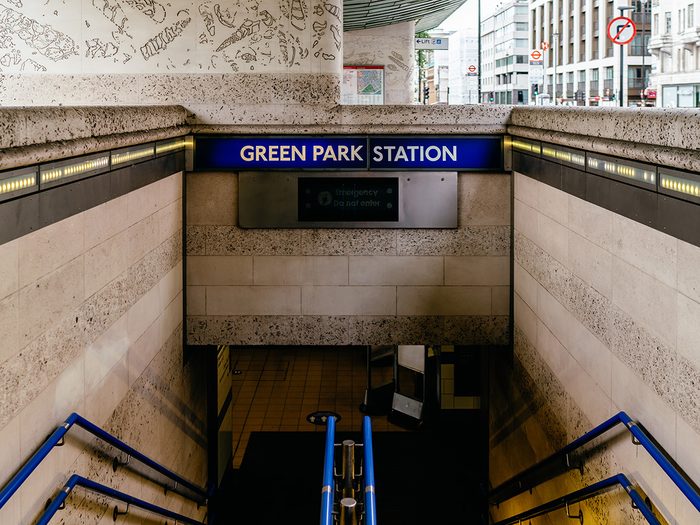
Haunted trains
Mysterious lights, unexplained rumbles: Could it be a ghost train? One of the world’s many purported phantom locomotives follows the same route as the train that carried the body of assassinated American president Abraham Lincoln from Washington, D.C., back to his home in Springfield, Illinois, in 1865. According to an 1879 newspaper, “The shriek of its whistle and clang of its bell strike terror to the hearts of those that hear them.”
The term “ghost train” also describes British trains that run infrequently at odd hours and often without any passengers. The reason? It’s easier to run these trains at a bare minimum than to spend the time and money needed to officially close down the lines.
If that’s not enough to give you goosebumps, check out the most haunted places in Canada.
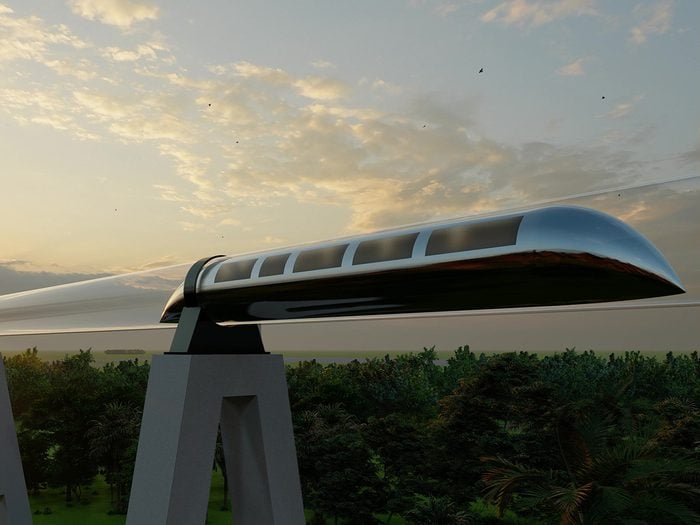
The future of trains
These days, commuter trains and metro trains are part of everyday life for countless urbanites—including the 10.35 million people who use the world’s busiest subway system in Beijing on the average day.
Meanwhile, in the United States and elsewhere, private companies are dabbling with the “hyperloop”: a train that travels through a tube where there’s no air resistance to slow it down. The concept works on paper, but it has proven to be difficult to make comfortable and cost effective.
If you enjoyed these train facts, be sure to check out these unique train rides across Canada.